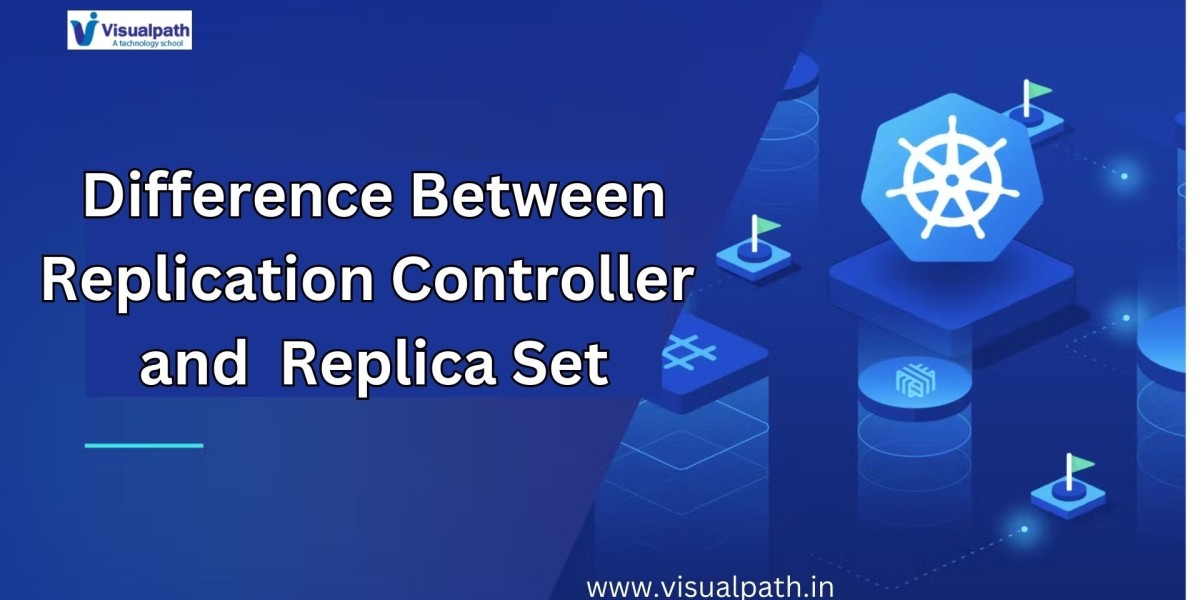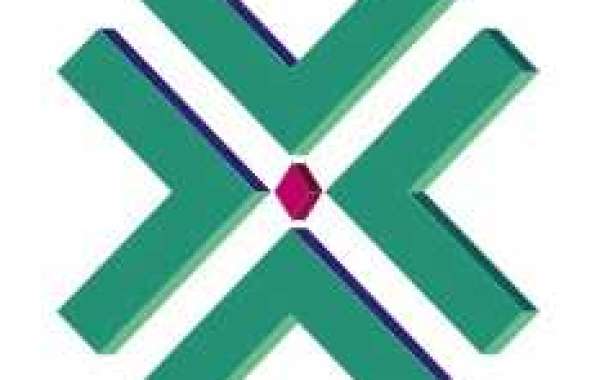What is the Difference Between a Replication Controller and a Replica Set?
Introduction:
Kubernetes, managing containerized applications requires robust mechanisms to ensure stability, scalability, and high availability. Two key components that have been central to this are the Replication Controller and its successor, the Replica Set.
What is a Replication Controller?
The Replication Controller (RC) was one of the earliest concepts introduced in Kubernetes to maintain the desired state of an application. It ensures that a specified number of pod replicas are running at all times, which is crucial for maintaining the reliability and availability of an application in case of failures. Primary responsibilities of a Replication Controller are to:
Ensure Desired Pod Count: If a pod dies or becomes unresponsive, the Replication Controller automatically creates a new one to maintain the specified number of replicas. Docker and Kubernetes Training
Scaling Applications: It allows manual scaling of the number of replicas. By adjusting the replica count, applications can be scaled up or down based on traffic or resource demands.
Self-Healing: The Replication Controller is designed to monitor the health of pods. If a pod is deleted or crashes, it is immediately replaced to meet the defined replica count.
Uniform Pod Management: It guarantees that all replicas run the same configuration by creating new pods from a template defined within the controller.
Despite its utility, the Replication Controller has limitations, particularly when it comes to advanced use cases like managing pods based on more complex label queries.
What is a Replica Set?
The Replica Set (RS), introduced later, is essentially an improved version of the Replication Controller. While the core goal of maintaining the desired number of replicas remains the same, the Replica Set provides additional flexibility and enhancements, making it more suitable for modern Kubernetes workloads.
Key responsibilities of the Replica Set include:
Maintaining Pod Replicas: Just like the Replication Controller, the Replica Set ensures the specified number of pod replicas are running. If any pod crashes, a new one is created to maintain the state. Kubernetes Online Training
Advanced Label Selector: One of the significant improvements in the Replica Set is its support for set-based and equality-based label selectors. This enables more granular and flexible management of pods. For example, the Replica Set can be configured to select pods based on conditions like matching specific labels or including multiple labels.
Integration with Deployments: The Replica Set is closely tied to Kubernetes Deployments, a higher-level abstraction used to manage updates and scaling of applications. In fact, when you create a Deployment, Kubernetes automatically creates a Replica Set under the hood. This integration allows for seamless rolling updates, rollbacks, and scaling, which weren’t as easily handled by Replication Controllers.
Support for Rolling Updates: Replica Sets are better suited for performing rolling updates, where new pods are gradually introduced while old ones are terminated. This helps minimize downtime and ensures a smooth transition during application upgrades.
Key Differences Between Replication Controller and Replica Set
While both components serve similar purposes, the main differences between a Replication Controller and a Replica Set are in their flexibility, use cases, and overall capabilities.
Label Selectors:
Replication Controller: Supports only equality-based selectors, meaning it can only select pods that exactly match the specified labels. This is limiting when managing large or diverse groups of pods.
Replica Set: Supports both equality-based and set-based selectors. This allows for more complex queries and provides greater flexibility in managing pods with varying labels.
Role in Deployments:
Replication Controller: It was originally the go-to resource for managing pod replicas. However, it does not integrate directly with Kubernetes Deployments, which are now the preferred method for managing updates and scaling.
Replica Set: Plays an essential role in the Deployment object. When a Deployment is created, a Replica Set is automatically generated to manage the pod replicas. This makes the Replica Set the preferred choice for modern Kubernetes deployments.
Conclusion:
Though similar in their core functionality, Replication Controllers and Replica Sets differ in flexibility, scalability, and integration with other Kubernetes features. The introduction of the Replica Set as a more advanced and flexible replacement for the Replication Controller marks an evolution in how Kubernetes manages pods.
Visualpath is the Leading and Best Institute for learning Docker and Kubernetes Online in Ameerpet, Hyderabad. We provide Docker Online Training Course, you will get the best course at an affordable cost.
Attend Free Demo
Call on - +91-9989971070.
Visit: https://www.visualpath.in/DevOps-docker-kubernetes-training.html










